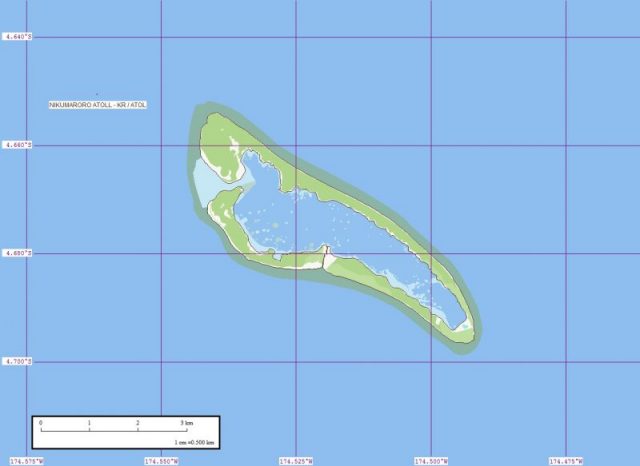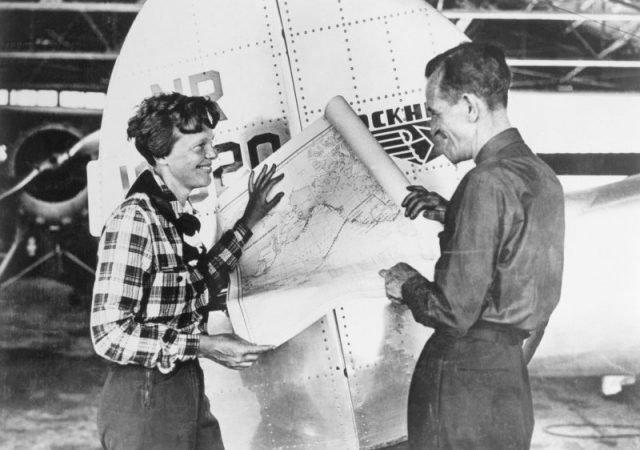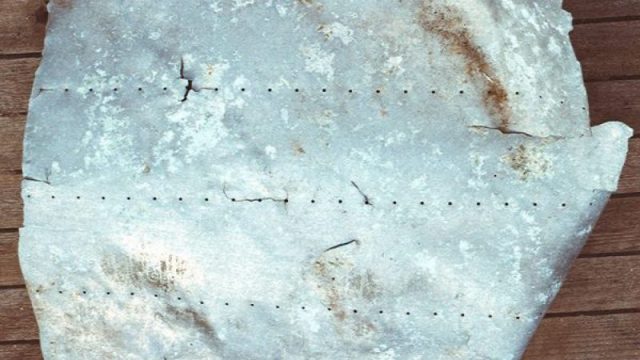Newly obtained footage of pilot Amelia Earhart on a test flight could shed light on what happened when she disappeared in 1937, says the International Group for Historic Aircraft Recovery (TIGHAR), a group devoted to searching for the truth about the famous aviatrix.
TIGHAR spent 10 years in negotiations to get hold of the 16 mm film, which shows Earhart’s Lockheed Electra taking off from Papua New Guinea on a short test flight on July 1, 1937, and the refueling operation afterward.
The pit stop shortly preceded the then 39-year-old and her navigator, Fred Noonan, taking off for the island of Howland in their final stretch of circumnavigating the globe. They never arrived on Howland, and their disappearance has obsessed the world ever since.

The key to the new theory is an aluminum patch that was added to the fuselage of her plane, the Lockheed Model 10-E Electra. The theory is that a piece of metal that washed up on Nikumaroro island in the western Pacific in 1991 is the same metal patch used on Earhart’s plane, placing her in that area.
The island, previously called Gardner Island, was where human bones were found in 1940. This strengthens the belief that these could possibly be the remains of Earhart.
The patch measures 19 by 23 inches and has five parallel lines of rivet holes on it. One image in the footage shows the patch “from a closer distance than any photo we have yet seen” TIGHAR said, adding “the patch was clearly visible.”

The announcement comes weeks after another research group’s statement that divers found the wreckage of a submerged plane off Buka Island, Papua New Guinea, that had several characteristics of Earhart’s plane, most significantly a glass disc that could be a light lens from the aircraft. This theory meant that Earhart turned around when she ran dangerously low on fuel and then crashed.
But the leading theory supported by TIGHAR has been that Earhart and Noonan landed successfully off Gardner Island but then died there, waiting for rescue. They hope that by enhancing the new film footage, they will be able to determine once and for all if this panel was that same patch.

TIGHAR discovered the aluminum fragment on the remote island of Gardner, which is a coral atoll 1,200 miles from the Marshall Islands. It is 350 nautical miles away from Howland, where Earhart was supposed to land but never arrived.
The footage of Earhart’s test run was taken by someone connected to a mining engineer on New Guinea and has been in the ownership of a woman who acquired it as part of a divorce settlement. TIGHAR was contacted in 2008 by that woman who said she had photos and film footage of Earhart, Noonan and the plane in Lae.
“The photos and movies were said to have been taken by a relative of the owner’s ex-husband who was in the mining business during the great New Guinea gold rush of the 1930s and happened to be in Lae on July 1st,” the group said.

“The key to a conclusive yea or nay is a comparison between the unique rivet pattern and deformation on the artifact and the unique rivet pattern and deformation visible in photos of the patch on the Electra,” explained TIGHAR. “The problem has always been the poor resolution in the handful of historic photos that show the patch.”
TIGHAR is now working to get the brittle, decades-old acetate film scanned at high resolution, a delicate process. As of now the footage they have has not been made publicly available and they have launched a fundraiser to have the film scanned at high resolution and rendered into digital format.

The Gardner Island theory has tantalizing evidence to support it.
“By 1938 the island was colonized as part of the Phoenix Islands Settlement Scheme, one of the British Empire’s last expansions,” according to National Geographic. “Colonists reported finding airplane parts, some of which could have plausibly come from the Electra.”

In 1940 Gerald Gallagher, the colonial administrator, found 13 bones buried near remains of a campfire. “He also found the remnants of two shoes — a man’s and a woman’s — as well as a box that once held a sextant, a navigation device. The bones were shipped to Fiji, measured, and subsequently lost.”
Some believe that Earhart’s plane crashed in the ocean, most likely because she ran out of fuel before she found her destination, and sank. Yet another theory is that Earhart and Noonan managed to land their plane safely but were taken into custody by the Japanese and imprisoned.
Read another story from us: Researchers Discover Wreck that Could Finally be Amelia Earhart Plane
In the last few years, the speculation seems to have intensified, and one thing is clear. People long for resolution on the fate of Amelia Earhart.
